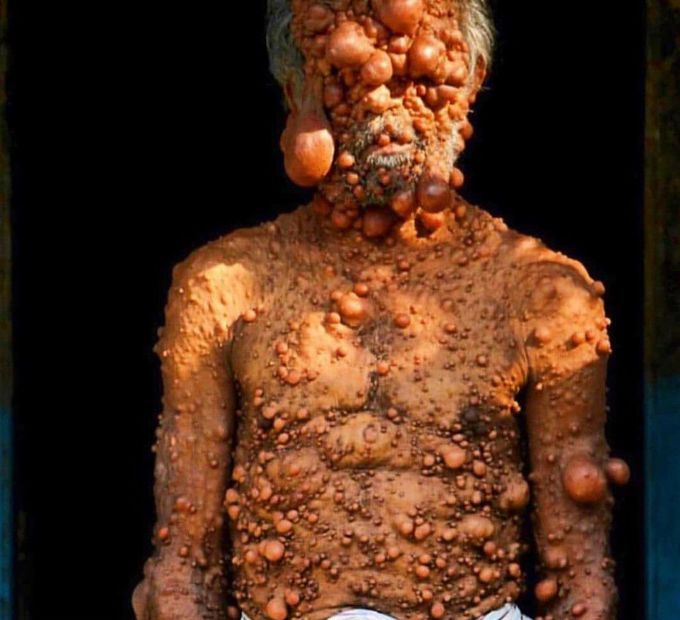


Neurofibromatosis
Neurofibromatosis is a genetic disorder of the nervous system. It mainly affects how nerve cells form and grow. It causes tumors to grow on nerves. You can getneurofibromatosis from your parents, or it can happen because of a mutation (change) in your genes.If there are no complications, the life expectancy of people with NF is almost normal. With the right education, people with NF can live a normal life. Although mental impairment is generally mild, NF1 is a known cause of attention deficit hyperactivity disorder.Neurofibromatosis is caused by genetic defects (mutations) that either are passed on by a parent or occur spontaneously at conception. The specific genes involved depend on the type ofneurofibromatosis: NF1. The mutated genecauses a loss of neurofibromin, which allows cells to grow uncontrolled.These learning disabilities are not progressive and will not worsen over time during adulthood. Some adults with NF1 may have had speech problems in childhood, which may continue into adulthood. There is no evidence that speech problems get worse in adulthood, and they are usually mild.Plexiforms are neurofibromas that spread around large nerves as they grow, causing the nerve to become thick and misshapen. They feel like knots or cords under the skin. They can be large, painful, and disfiguring.Neurofibromatosis (NF) is a neurocutaneous syndrome that can affect many parts of the body, including the brain, spinal cord, nerves, skin, and other body systems. NF can cause growth of non-cancerous (benign) tumors involving the nerves and brain.Neurofibromas are benign, soft tumours that involve cells that surround the nerves. Benign means they are not cancerous. There are two types of neurofibromas: cutaneous (skin) neurofibromasare small bumps on the surface of the skin; subcutaneous (under the skin) are small lumps under the skin that are often hard.But we know that 80 to 85% of patients with NF1are diagnosed by age 6, and 95% are diagnosed byage 8.Neurofibromatosis type 1 is considered to have an autosomal dominant pattern of inheritance. People with this condition are born with one mutated copy of the NF1 gene in each cell. In about half of cases, the altered gene is inherited from an affected parent.These tumors can develop anywhere in your nervous system, including your brain, spinal cord and nerves. Neurofibromatosis is usually diagnosed in childhood or early adulthood. The tumors are usually noncancerous (benign), but sometimes can become cancerous (malignant).
Preparation for USMLEDouble Track SignBattle Sign

